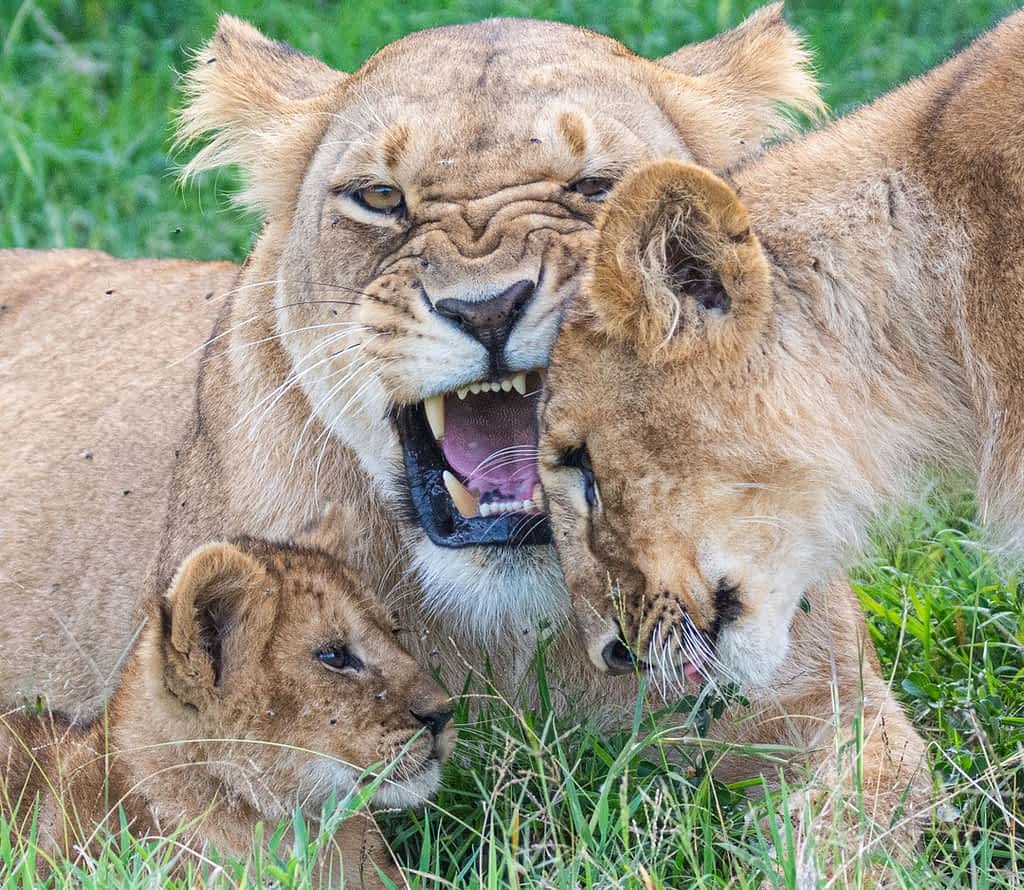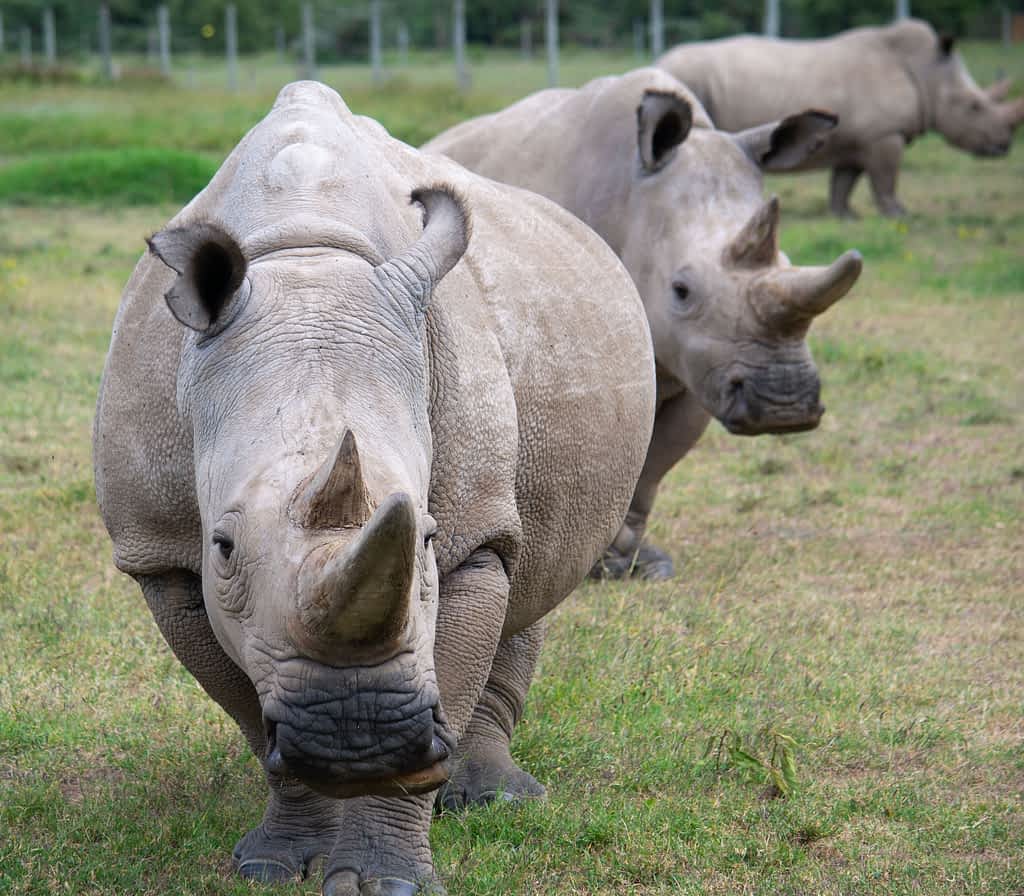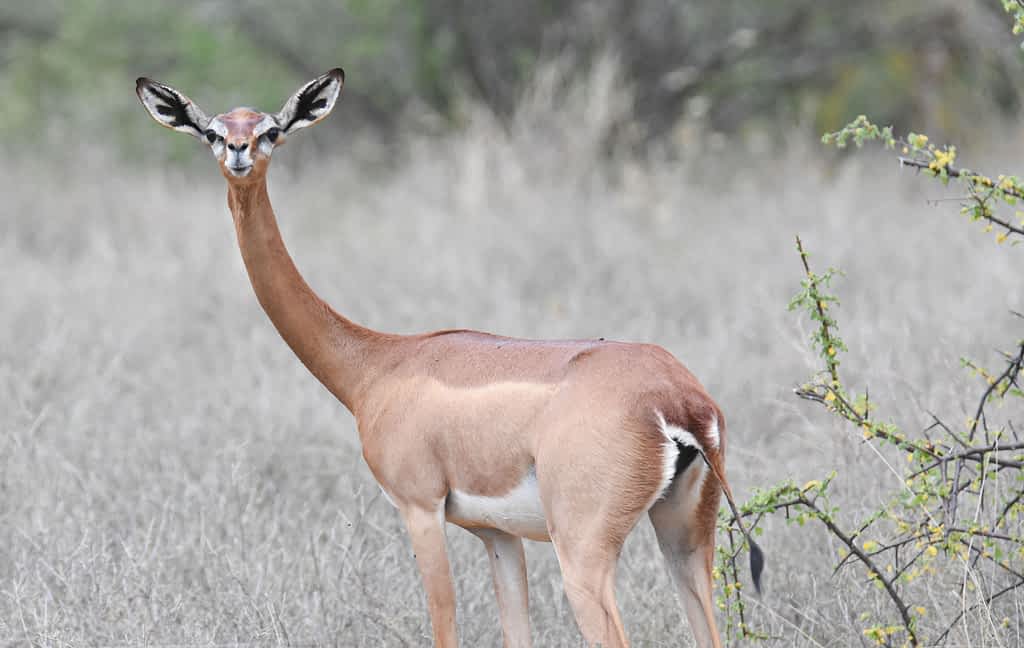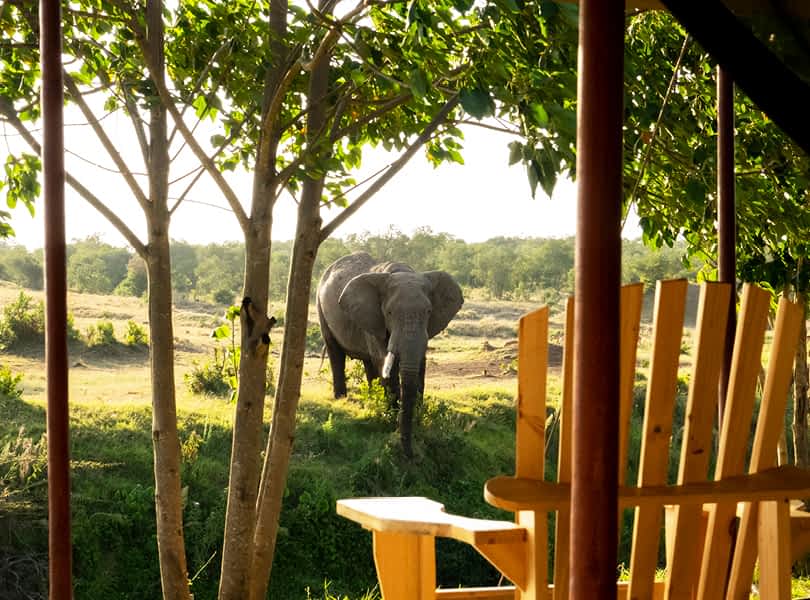The famous Maasai Mara National Reserve is a must-see for anyone visiting Kenya! This fantastic reserve offers safari experiences for first-timers and experienced alike. Home to the Big 5 and the wildebeest migration. Maasai Mara National Reserve was established as a wildlife sanctuary in 1961, measuring 1510 square kilometers. It is one of the most famous and important wildlife conservation and wilderness areas in Africa, with its high concentration and diverse wildlife. It’s home to Africa’s famed Big Five. (elephants, rhinoceros, leopards, lions, and buffalos) as well as cheetahs, giraffes, rhinos, topis, elands and many other species.
The annual wildebeest migration, which is the largest mass movement of land mammals on the planet, takes place here (Around late July through to October).with over a million wildebeest accompanied by zebra and antelope make the treacherous journey to follow the rains.
It’s estimated to be more than 470 species of birds inhabit Maasai Mara include marabou storks, vultures, ostriches, crowned cranes, secretary birds, and lilac-breasted rollers which is the Kenyan national bird.
The Mara River crosses through the Reserve, provides the lifeblood of the surrounding ecosystem for both wildlife and people.


Naboisho has a high concentration of wildlife and strictly limits the number of visitors allowed in. Guests can enjoy exceptional wildlife encounters. The Conservancy is home to the big cats – in impressive numbers, and is well known for having a high density of lions, herds of elephants, giraffes, wildebeests, and so much more.
Created in 2010, the Mara Naboisho Conservancy is a private 50,000-acre community pastoralist and wildlife conservation area. The Conservancy falls within the Greater Mara Region It borders the world-famous Maasai Mara National Reserve to the southwest.
Because Naboisho Conservancy limits the number of tourists, Guests often find themselves the only vehicle around, giving spectacular, unspoiled views of exciting wildlife.
The conservancy is not governed by the same rules that apply to national parks, there is the flexibility to experience something truly profound and to see and do things not possible to do in Reserves. The passion and expertise of the guides at the conservancy facilitate this experience.
The conservancy provides the opportunity to conserve the land and wildlife, whilst simultaneously creating income for the Maasai landowners. By visiting the Mara Naboisho Conservancy, you will be playing a part in protecting the cultural heritage of the local Maasai community and improving their access to vital services.
The Conservancy offers excellent wildlife-viewings with a high density of wildlife, including predators, all of the Big Five are present. Its highlights include the largest black rhino sanctuary in East Africa, a population of southern white rhinos, and the opportunity to get up close to the last two northern white rhinos left in the world.
Ol Pejeta Conservancy is a 90,000-acre private fenced conservancy situated between the Aberdare Mountains and Mount Kenya. As part of the southern Laikipia wilderness, Ol Pejeta works to protect its distinct habitats, including a wildlife corridor along the northern boundary of the conservancy.
guest can also visit the Chimpanzee Sanctuary, housing orphaned and abandoned chimpanzees, and plenty of other activities for all ages to enjoy.


Samburu Reserve is a unique wildlife conservation haven famous for an abundance of rare species known as the Samburu Special Five. Comprising of the reticulated giraffe, Somali ostrich, gerenuk, Beisa oryx, and the Grevy’s zebra, these animals are endemic to the Samburu ecosystem.
Samburu National Reserve is located in Northern Kenya and is a premier game reserve situated on the banks of the Ewaso Ng’iro river. This vast expanse of remote pristine wilderness measures 165 square kilometers in area and borders the Ewaso Ng’iro River to the south, which separates it from the Buffalo Springs National Reserve.
Samburu boasts over 900 elephants and is home to big cats – lions, leopards, and cheetahs. the elusive leopard, one of the few places wild dogs can be spotted, Birdlife is abundant with over 450 recorded species.
Samburu is a wildlife ecosystem that comprises of several conservancies and group ranches bordering the main reserve such as the Kalama Conservancy. Samburu Reserve is considered among the best wildlife reserves not just in Kenya but also in Africa
The iconic movie “Born Free” features Samburu, one of the two regions in which Joy Adamson raised and nurtured Elsa the lioness.
Another movie, “Heart of a Lioness”, also features the story of another renowned lioness, Kamunyak (“Blessed One”) who is famous for having adopted at least 6 oryx calves and protecting them against predators.
Bordering Samburu National Reserve is the 384-sq-km Kalama Community Wildlife Conservancy, which opened in 2004. Kalama is remote and private, unlike the reserve you can do bushwalks, night drives, and drive off-road allowing you to follow wildlife, home to species endemic to the Samburu ecosystem.
famous for an abundance of rare species known as the Samburu Special Five. , they are the Gerenuk, the Reticulated giraffe, the Somali ostrich, the Grevy’s zebra, and the Beisa oryx, Kalama acts as a vital wildlife corridor for animals migrating between the Samburu and Marsabit areas. Its drier habitat means animals are less visible than in Samburu National Reserve. Saruni is the only camp in this private conservancy, so you pretty much have the place to yourself.


Amboseli National Park in Southern Kenya is famous for its herds of big tusked elephants and the towering view of Mount Kilimanjaro, Africa’s highest mountain, in neighboring Tanzania.
Observation Hill offers panoramas of the peak and the park’s plains and swamps. Varied wildlife includes giraffes, zebras, cheetahs, lions, reedbucks, and hundreds of bird species. The western section is dominated by vast Lake Amboseli, which is dry outside the rainy season.
Amboseli was declared a UNESCO-Mab Biosphere Reserve in 1991.
Nairobi National Park. This park is the first national park established in Kenya in 1946. It is the only wildlife park in the world where free-ranging lions and rhinos share a city with humans and the only protected wildlife area in the world bordering a capital city.
Nairobi National Park. This park is the first national park established in Kenya in 1946. It is the only wildlife park in the world where free-ranging lions and rhinos share a city with humans and the only protected wildlife area in the world bordering a capital city.


Although the Park is one of Kenya’s smaller parks, there are still plenty of territories to explore and discover.
The National park is home to flamingos (Greater and Lesser),. both black and white rhinos, rare Rothschild’s giraffes.
hippos, baboons, Thomson’s and Grant’s gazelles, colobus monkeys, impalas, buffalos, reedbucks, waterbucks, and other herbivores, as well as highly elusive golden cats, wild cats, bat-eared foxes, and more than 450 bird species having been identified in the park. There are no elephants.
At the highest point of the hills around the lake is a place known as “Baboon Cliff.” This incredible lookout point gives you the best views of the vast expanse of the lake and park.
Lake Nakuru National Park was created in 1961, around Lake Nakuru, near Nakuru Town.
The park lies on the floor of the Great Rift Valley, twenty-seven percent of the park is composed of the Lake Nakuru waters, surrounded by wooded and bushy grassland.
Tsavo National Park, divided into Tsavo East and Tsavo West, is one of Kenya’s largest national parks and yet remains relatively undiscovered. Its vast landscapes, dotted with volcanic hills, open savannahs, and acacia forests, provide a captivating backdrop for wildlife encounters. Spot herds of elephants, big cats, and a wide variety of bird species.


















